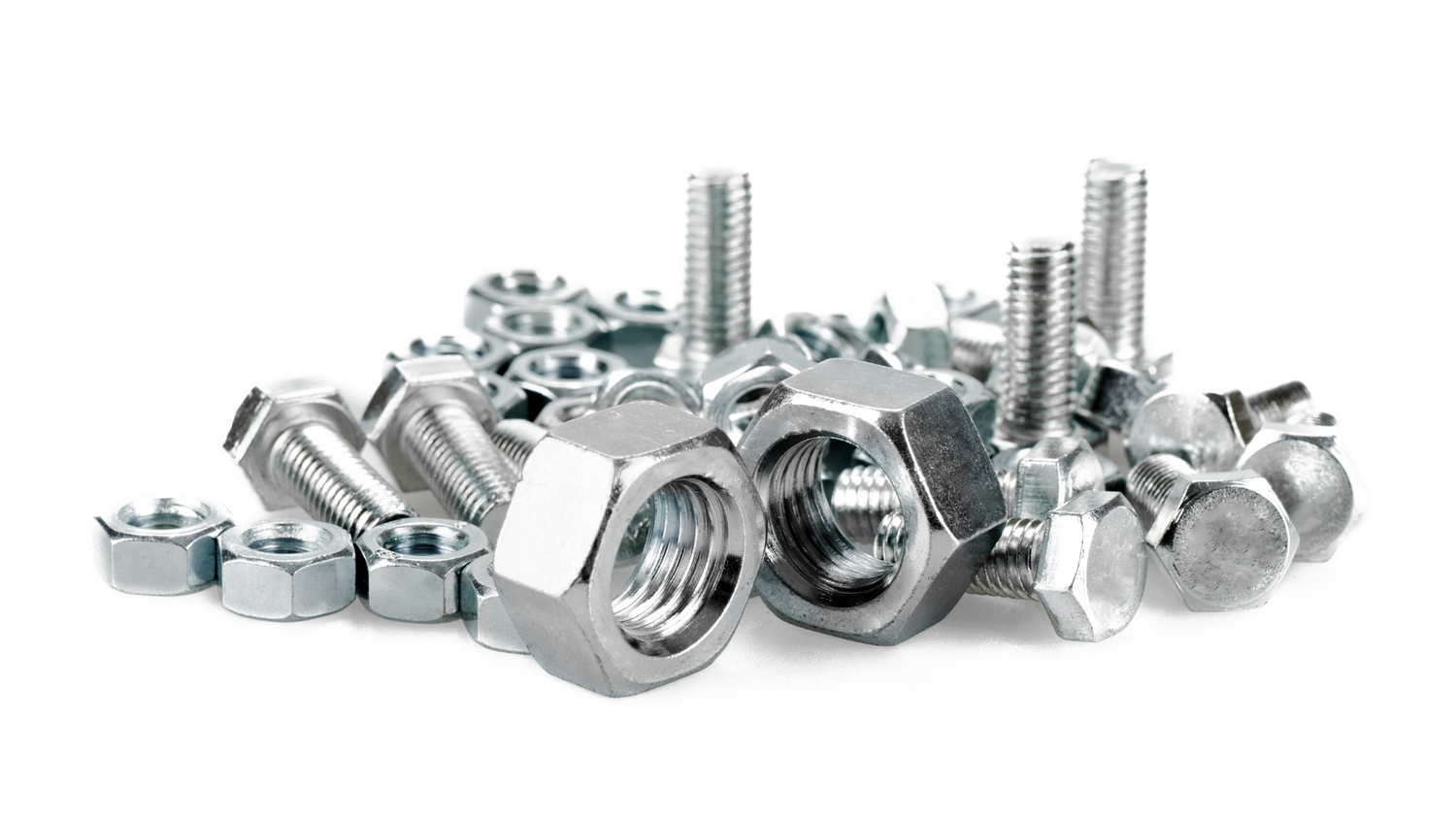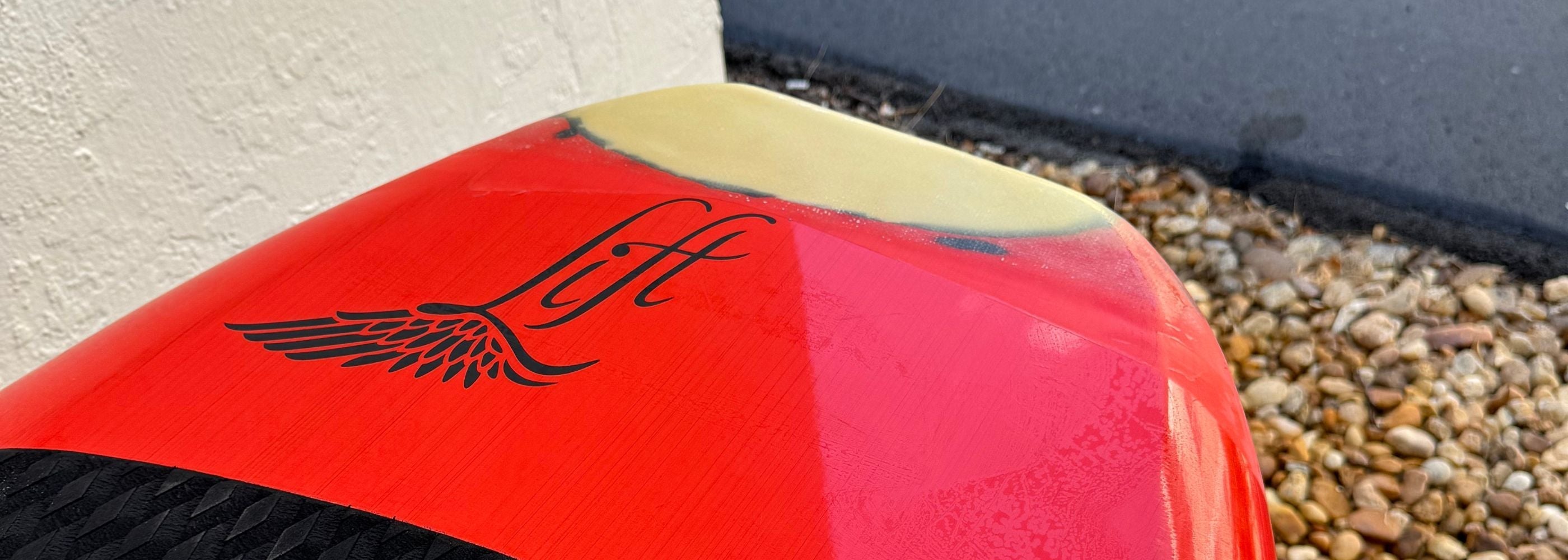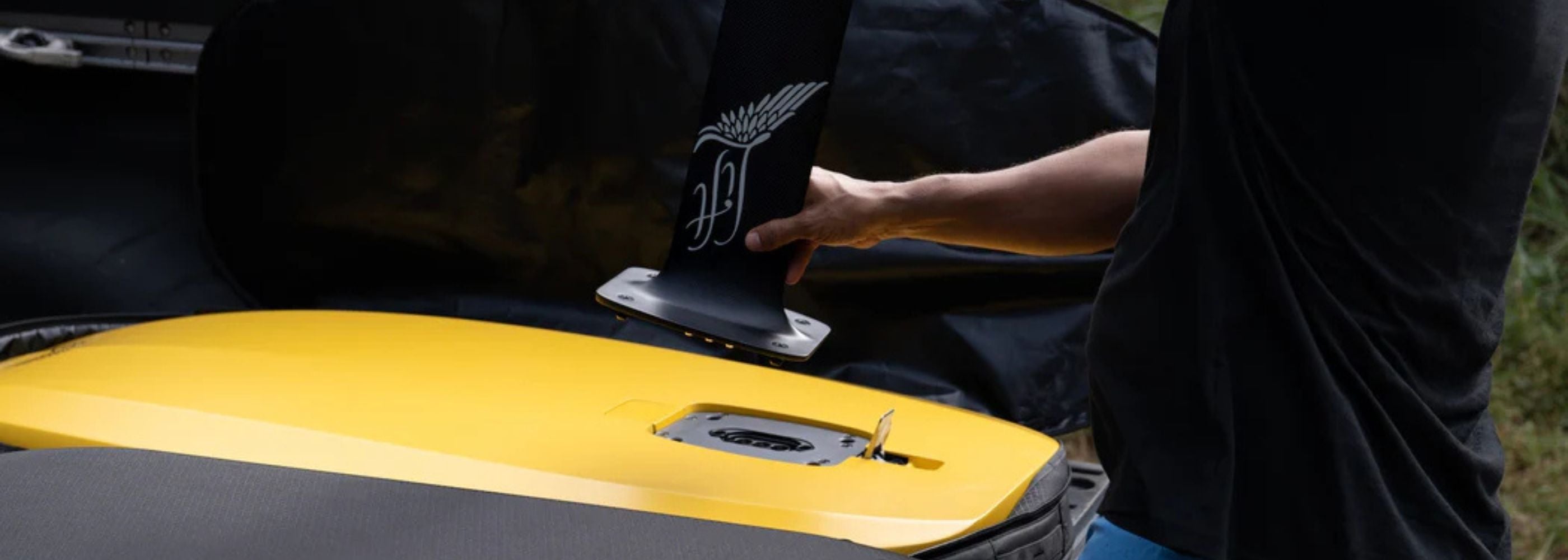1. Safety First
Before we dive into the cleaning methods, always ensure you're working in a well-ventilated area. Wear safety goggles and gloves, especially if you're using chemicals.2. Gather Your Materials
- A container (large enough to hold the screws)- White vinegar
- Baking soda
- A toothbrush or small scrubbing brush
- Steel wool or sandpaper (optional)
- Lemon and salt (alternative method)
- Rust remover (for stubborn cases)
3. The Vinegar Bath Method
1. Soak the screws:
Place the rusty screws into your container and cover them with white vinegar.
2. Let them sit.
Leave the screws to soak for several hours, or overnight for particularly stubborn rust.
3. Scrub.
Once soaked, use a toothbrush to scrub off the rust. The acidity of the vinegar helps in breaking down the rust, making it easier to scrub off.
4. **Rinse and Dry**. After scrubbing, rinse the screws with water and dry them thoroughly. It's crucial to dry them properly to prevent the formation of new rust.
4. The Baking Soda Paste Method
1. **Make a paste**. Combine baking soda with a bit of water until it forms a paste.2. **Apply the paste**. Coat the rusty screws with this paste.
3. **Wait**. Let the paste sit for a few hours.
4. **Scrub**. Using your toothbrush or scrubbing brush, scrub the rust away.
5. **Rinse and Dry**. Thoroughly rinse the screws with water and ensure they're dry to prevent rusting again.
5. The Lemon and Salt Method
1. **Sprinkle the salt**. Place your screws on a surface and sprinkle them generously with salt.2. **Apply lemon juice**. Squeeze lemon juice over the salt-covered screws.
3. **Wait**. Let them sit for 2-3 hours.
4. **Scrub**. Use your brush to scrub off the rust.
5. **Rinse and Dry**. Make sure the screws are thoroughly dried after rinsing.
6. For Stubborn Rust: Commercial Rust Removers
For screws with deeply embedded rust, a commercial rust remover might be necessary. Ensure you follow the manufacturer's instructions and always work in a well-ventilated area when using chemicals.7. Preventive Measures
Once you've removed rust from screws, take measures to prevent them from rusting again:- Store screws in a dry place.
- Apply a thin layer of oil or WD-40 to screws if they won't be used immediately.
- Consider using stainless steel screws which are more resistant to rusting.
Conclusion
Rust can be a stubborn adversary, but with a little patience and the right methods, you can restore screws to their former glory. Always remember, prevention is better than cure. Taking steps to ensure your screws remain dry and free from prolonged exposure to moisture can go a long way in keeping them rust-free.







































